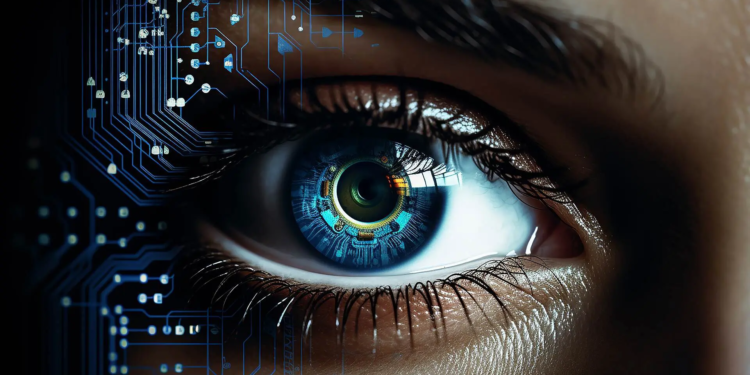Ophthalmologist Dr. Kürşat Çağın, one of the doctors of Private Çağın Eye Hospital, gave information about the use of artificial intelligence in eye diseases.
“Artificial intelligence has been used for the diagnosis and treatment of diseases from the retina of the eye to the cornea. This major transformation has accelerated as major players in the digital world, such as Google and IMB, have taken an interest in the medical potential of AI. Ophthalmic AI analysis is more efficient and more objective than ophthalmologists’ (eye doctors) interpretation of images. Often clinicians disagree on diagnosis and treatment in the same case, but AI gives the same answer every time.”
Are doctors out of the loop?
“One of the most common concerns that clinical ophthalmologists and other doctors have about AI is that it will take away their jobs. On the other hand, Dr. Ambrosio Jr., who worked on a machine learning algorithm to predict the risk of ectasia after refractive surgery, said that artificial intelligence should be considered as a tool to help the doctor in the diagnostic process. The use of artificial intelligence, which will be the biggest assistant of ophthalmologists in the diagnosis and treatment of patients in the future, is increasing day by day, but this does not mean that artificial intelligence will replace ophthalmologists. Doctors will still have the last word.”
Use in the eye
“The most promising computer algorithms are in the field of retinal diseases. In 2016, Google researchers reported that it was possible to accurately detect diabetic retinopathy and diabetic macular edema from fundus photographs using artificial intelligence systems. AI also shows promise in the diagnosis of other retinal diseases, including age-related macular degeneration (yellow spot) and neonatal retinopathy (ROP). But the retina is just the beginning. Researchers are developing AI-based systems for the diagnosis and treatment of other eye diseases, including childhood cataract, glaucoma, keratoconus, corneal ectasia and oculoplastic reconstruction.
When these tools are ready for widespread clinical use, doctors will not need to be AI experts because the automated algorithm is just a software tool and is based on OCT (optical coherence tomography) or topography images. These algorithms can be integrated into devices such as optical coherence tomography (OCT) machines and corneal topography devices and used by ophthalmologists.”
Artificial intelligence useful in medical education
“The use of artificial intelligence for training doctors in ophthalmology will also provide great benefits and convenience. As it is known, diabetes causes the most significant damage to the eye; therefore, it is recommended that patients with diabetes be examined by ophthalmologists at regular intervals. With the help of the Dx-DR device, which has recently been approved by the FDA, retinal images can be easily taken and diabetic retinopathy can be diagnosed. There is no need to be a very experienced retina specialist for this, in fact, it will be possible to catch diabetic retinopathy at the initial stage by using such devices in places that provide 1st degree health services. Considering the rapid increase in diabetes worldwide and the difficulty for these patients to reach ophthalmologists and have detailed retinal examinations, the benefits of artificial intelligence systems are indisputable.
Artificial intelligence-based devices have also been used to calculate the diopter (number) of the lenses used in cataract patients correctly and to help the patient achieve a glasses-free life after surgery. In the future, it is not difficult to predict that artificial intelligence-based systems can be easily used by the patient at home. In this way, the patient, who has early information about the course of his/her disease, will consult his/her doctor. For example, when a patient with age-related macular degeneration (yellow spot) sees fluid collecting in the retina, they will immediately contact their doctor and have an intraocular injection (needle), i.e. treatment. Similarly, a patient with diabetes will be able to perform retinal checks on their own and recognize a possible complication in time. These artificial intelligence-based devices will be successfully used in the medical field, reducing the workload of professionals and enabling accurate and early diagnosis. The point reached today is not the end, but only the beginning.”





